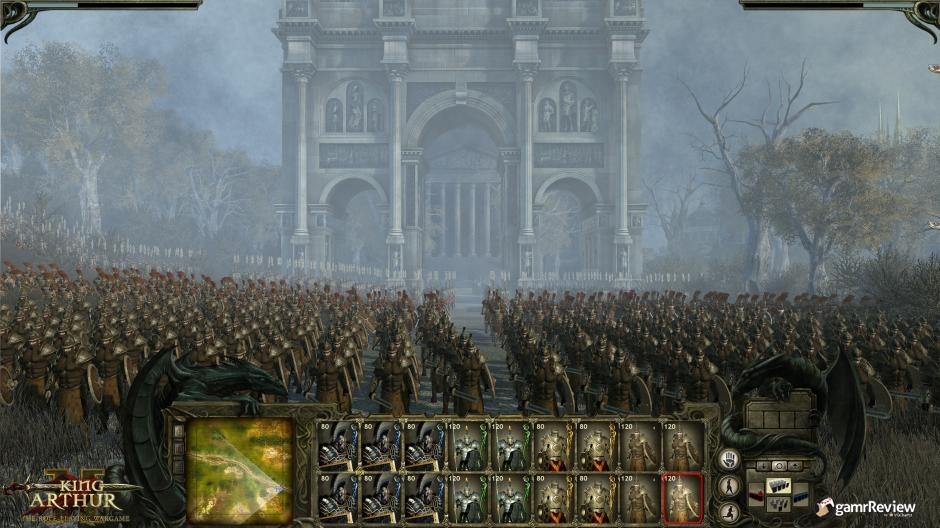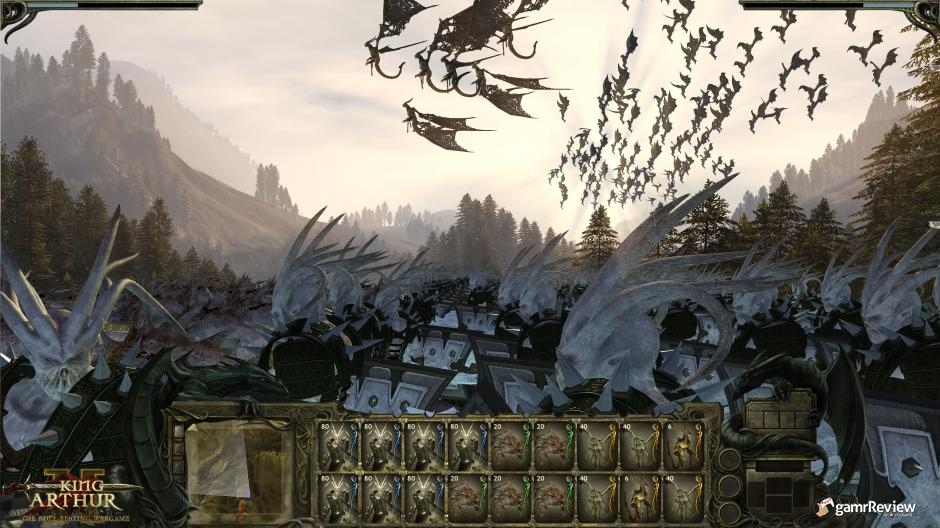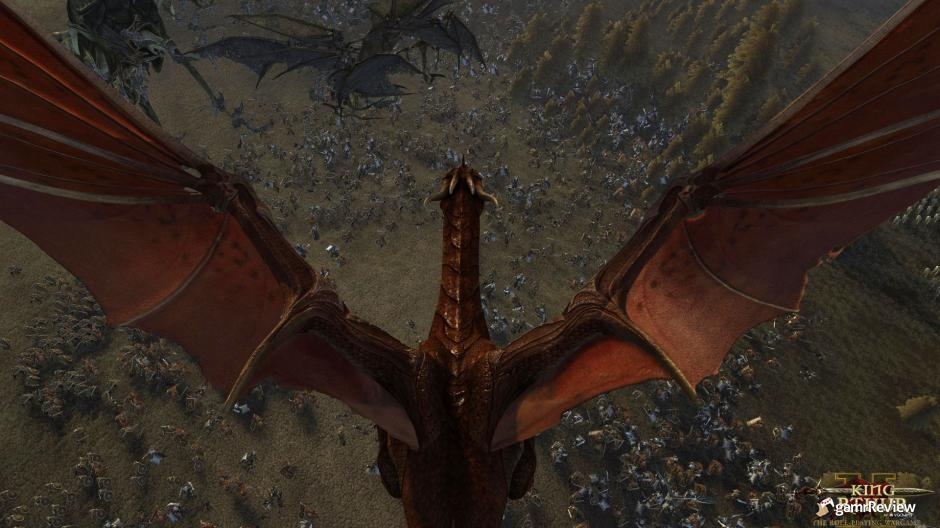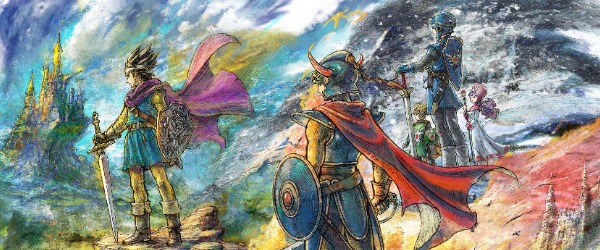
Preview: King Arthur II: The Role-playing Wargame - Preview
by Nick Pantazis , posted on 15 July 2011 / 6,769 ViewsIf you are a strategy fan and you’venever played King Arthur: The Role-playing Wargame, shame on you. Its unique mix of RTS, RPG, and 4X games made for a melting pot of strategy goodness. As a fan of the original, I was fortunate enough to see the sequel, King Arthur II: The Role-playing Wargame in action, and I was not disappointed.
If you played the first King Arthur, you know it ended a bit, well, rough. The holy grail has been destroyed, and Arthur is mortally wounded with a magical wound. This would be bad enough as it is, but Arthur is not your normal king. He’s magically tied to the land of Britania, and thus his horrible wound has corrupted his kingdom as well. The land is plagued with foul creatures, and you must fight to restore it.
If you played the first King Arthur, you know it ended a bit, well, rough. The holy grail has been destroyed, and Arthur is mortally wounded with a magical wound. This would be bad enough as it is, but Arthur is not your normal king. He’s magically tied to the land of Britania, and thus his horrible wound has corrupted his kingdom as well. The land is plagued with foul creatures, and you must fight to restore it.

Like the first game, King Arthur II has three major gameplay elements. The first is the campaign map, which is a 3D map of the land of Britania. This area of the game has similar gameplay and style to 4X games (and games with elements of 4X games) such as Civilization or the campaign map in Total War. Britania is divided into a number of provinces, which can be captured to control the map. Certain provinces have special traits and often quests, which are divided into three categories: diplomacy, adventure, and battle.
Diplomacy quests generally involve some way to ingratiate yourself with the general populous. There are a number of ways to resolve these, including using your own army to fend off their foes or hiring mercenaries to do so. Adventure quests are a sort of “choose your own adventure” situation in which you can make key decisions which will have lasting consequence, and Battle quests should be obvious. These seem to function almost the exactly like they did in the first game, which is a good thing.
Diplomacy quests generally involve some way to ingratiate yourself with the general populous. There are a number of ways to resolve these, including using your own army to fend off their foes or hiring mercenaries to do so. Adventure quests are a sort of “choose your own adventure” situation in which you can make key decisions which will have lasting consequence, and Battle quests should be obvious. These seem to function almost the exactly like they did in the first game, which is a good thing.

Of course, the decisions you make in the campaign will affect your character’s RPG progression as well. In particular, the four major branches of policy make their return, with the rightful vs tyrant ruler styles and the pagan vs Christian religions. Your choices in the quests will change your alignment, so choose carefully and decide what type of ruler you want to be. The path you take will affect character progression, so multiple play-throughs could yield a variety of spells and skills.
However, the big draw to any RTS game is the combat, and this is where King Arthur II really seems to have taken a big step up over its predecessor. Both games are in the “big army” style of combat which most of you probably associate with the Total War franchise, but King Arthur II introduces big improvements in variety and scale. The new engine (which is very pretty) will allow 3,000 - 4,000 units on screen at once, giving battles a genuine sense of massive scale. The maps are also much more detailed, and you can now zoom in close to watch individual units do battle.

Just as impressive as the graphical and scale changes, though, are the big gameplay additions. Flying units now make an appearance, and can only be felled by other flying units, projectiles, or spells. Magic has also seen some really cool expansion, with lots of new spells at your command... spells which must be handled with care; as with the first King Arthur, friendly fire is always on. Terrain is important as well, emphasizing tactics in combat when positioning troops to make the best use of their surroundings, and the new flying units which are not limited by terrain will likely make big changes to these tactics.
If you are a strategy and RTS fan, keep an eye on King Arthur II. It takes what fans liked about the first game and expands on them (and certainly makes them much prettier), but newcomers will likely enjoy the varied and unique gameplay as well. Neocore seems to be packing this sequel with content, and you can pick it up later this year o






















 Essay Pro
Essay Pro